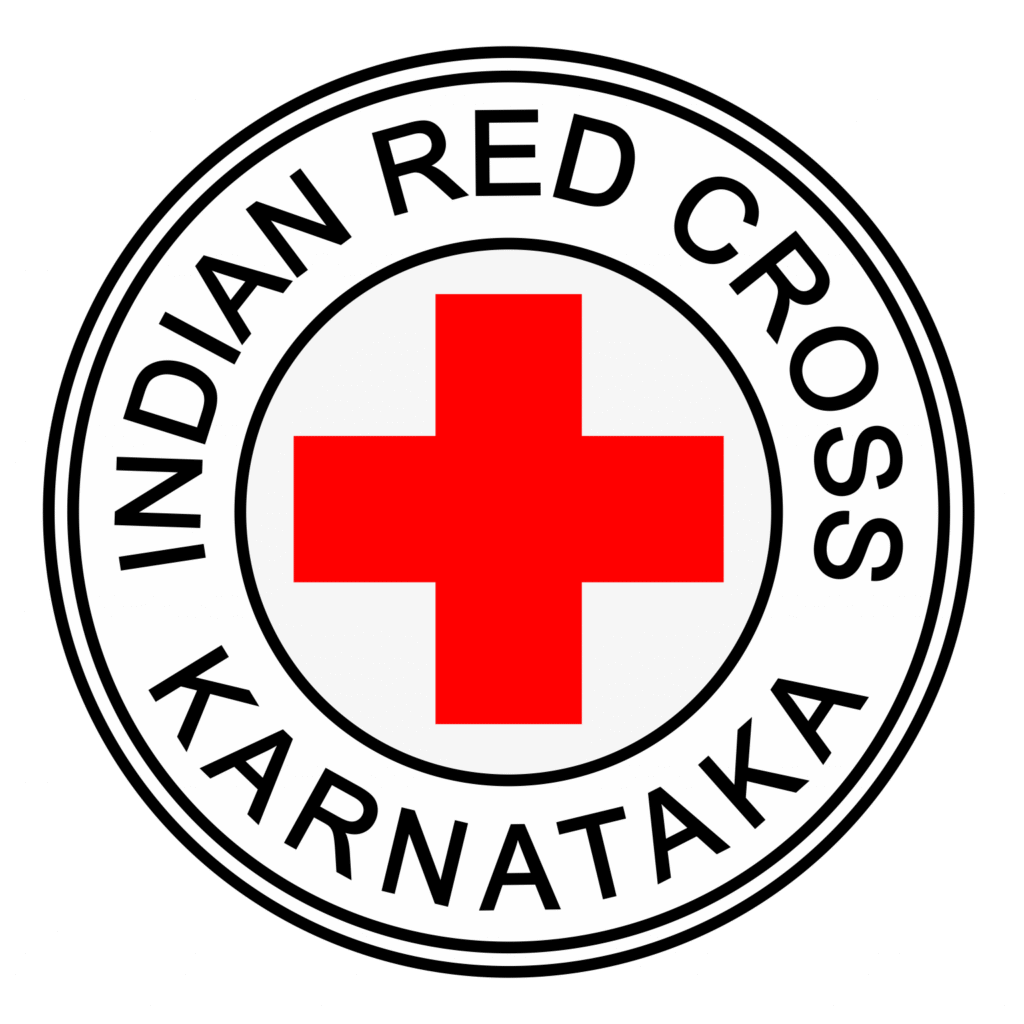History of IRCS with Emblem info
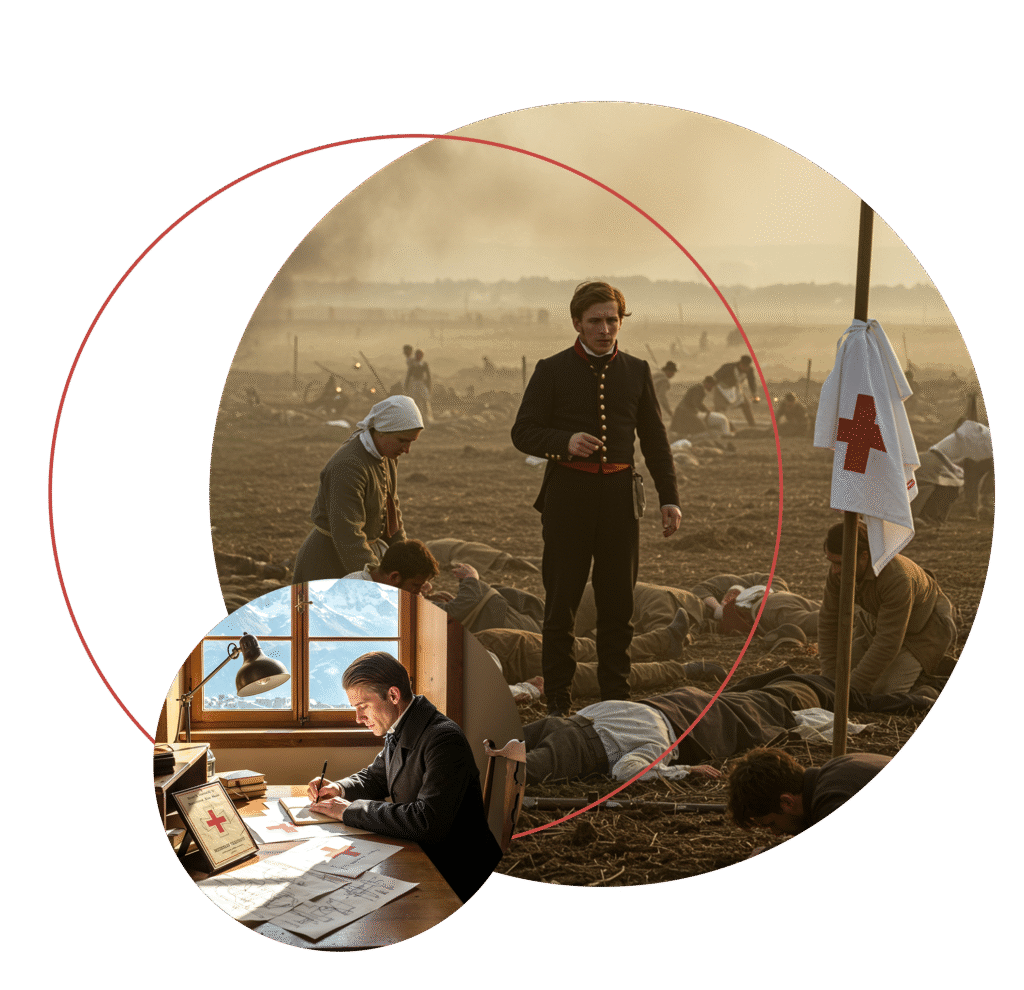
The History of The International Red Cross and Red Crescent Movement
The International Red Cross and Red Crescent Movement is the largest humanitarian network in the world. Its mission is to alleviate human suffering, protect life and health, and uphold human dignity especially during armed conflicts and other emergencies. It is present in every country and supported by millions of volunteers.
The International Red Cross and Red Crescent Movement is dedicated to preventing and alleviating human suffering in warfare and in emergencies such as epidemics, floods and earthquakes.
It is not a single organization. It is composed of the International Committee of the Red Cross (ICRC), the International Federation of Red Cross and Red Crescent Societies and 190 individual National Societies. Each has its own legal identity and role, but they are all united by seven Fundamental Principles.
Birth of Red Cross
Jean Henry Dunant a Swiss businessman was appalled by the condition of the wounded soldiers he happened to see in the battle field of Solferino , Italy in 1859 during the Franco – Austrian war. He arranged relief services with the help of the local community immediately. He wrote the book ‘Memory of Solferino’ suggesting that a neutral organization be established to aid the wounded soldiers in times of war. Just a year after the release of this book, an international conference was convened in Geneva to consider the suggestions of Henry Dunant and thus the Red Cross Movement was born. International Red Cross Movement was established by Geneva Convention of 1864.
The name and the emblem of the movement are derived from the reversal of the Swiss national flag, to honor the country in which Red Cross was found.
Origin of Indian Red Cross Society
During the first world war in 1914, India had no dedicated organization for relief services to the affected soldiers, except a branch of the St. John Ambulance Association and by a Joint Committee of the British Red Cross. Later, a branch of the same Committee was started to undertake the much needed relief services in collaboration with the St. John Ambulance Association in aid of the soldiers as well as civilian sufferers of the horrors of that war.
A bill to constitute the Indian Red Cross Society, Independent of the British Red Cross, was introduced in the Indian Legislative Council on 3rd March 1920 by Sir Claude Hill, member of the Viceroy’s Executive Council who was also Chairman of the Joint war Committee in India . The Bill was passed on 17th March 1920 and became Act XV of 1920 with the assent of the Governor General on the 20th March 1920 . On 7th June 1920 , fifty members were formally nominated to constitute the Indian Red Cross Society and the first Managing Body was elected from among them with Sir Malcolm Hailey as Chairman.
Indian Red Cross Society is a member of the International Federation of Red Cross and Red Crescent Movement. Relations between the IRCS and the India Delegation of the Federation are strong. Indian Red Cross Society has partnership with National Red Cross and Red Crescent Societies, St.John Ambulance, International Federation of Red Cross and Red Crescent Movement (IFRC), International Committee of the Red Cross (ICRC ), Multinational firms. Individuals and others in supporting IRCS activities. It also coordinates with Indian Government and other agencies .
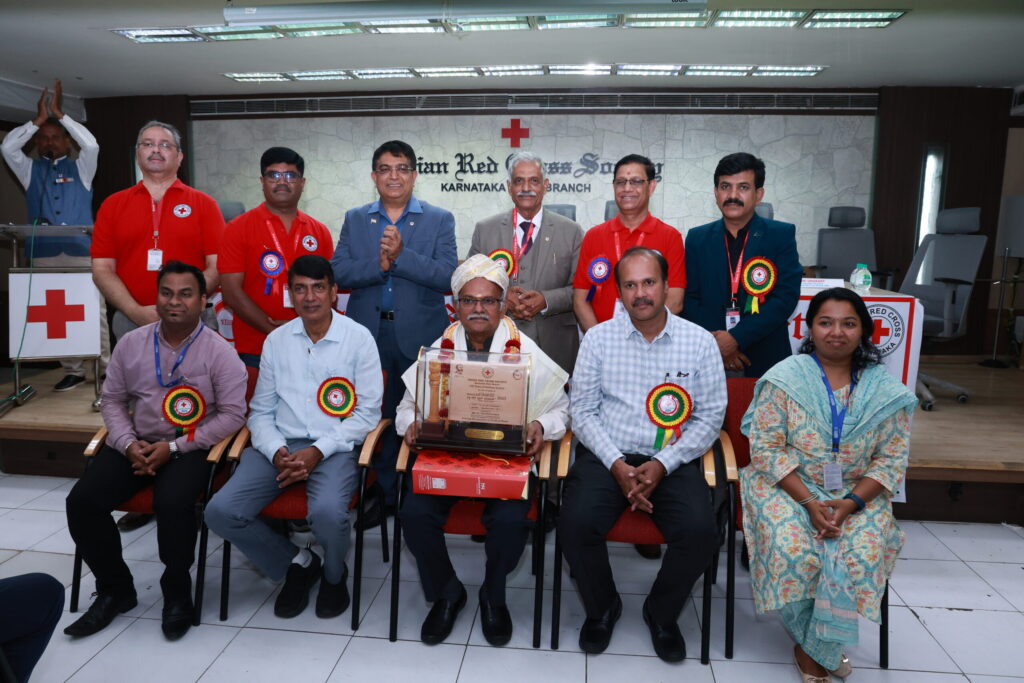
Indian Red Cross Society, Karnataka State Branch
The Indian Red Cross Society was established under the Indian Red Cross Act, 1920, and its Karnataka State Branch was founded in 1921. For over nine decades, it has been a trusted source of humanitarian aid, relief operations, and community support across the state. The Governor of Karnataka serves as its President, with leadership from Sri. Bhaskar Rao, IPS (Retd.) – Vice President, Sri. Basrur Rajeev Shetty – Chairman, and Dr. Srinivas Hyati – Vice Chairman. Their vision and commitment have strengthened the Society’s reach, efficiency, and impact.

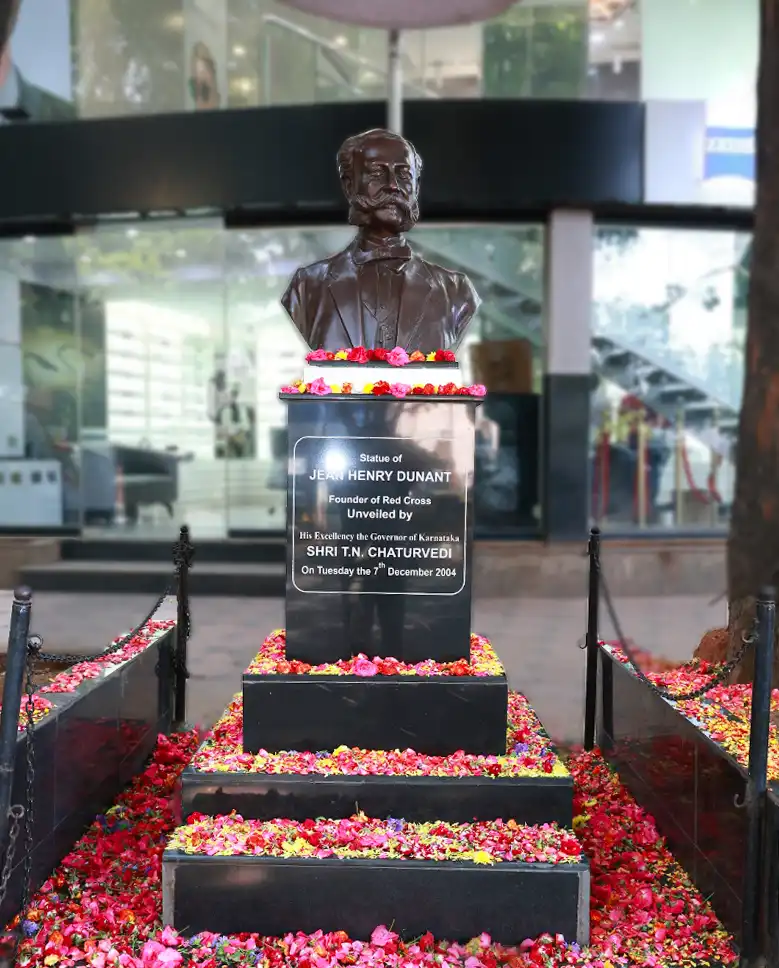
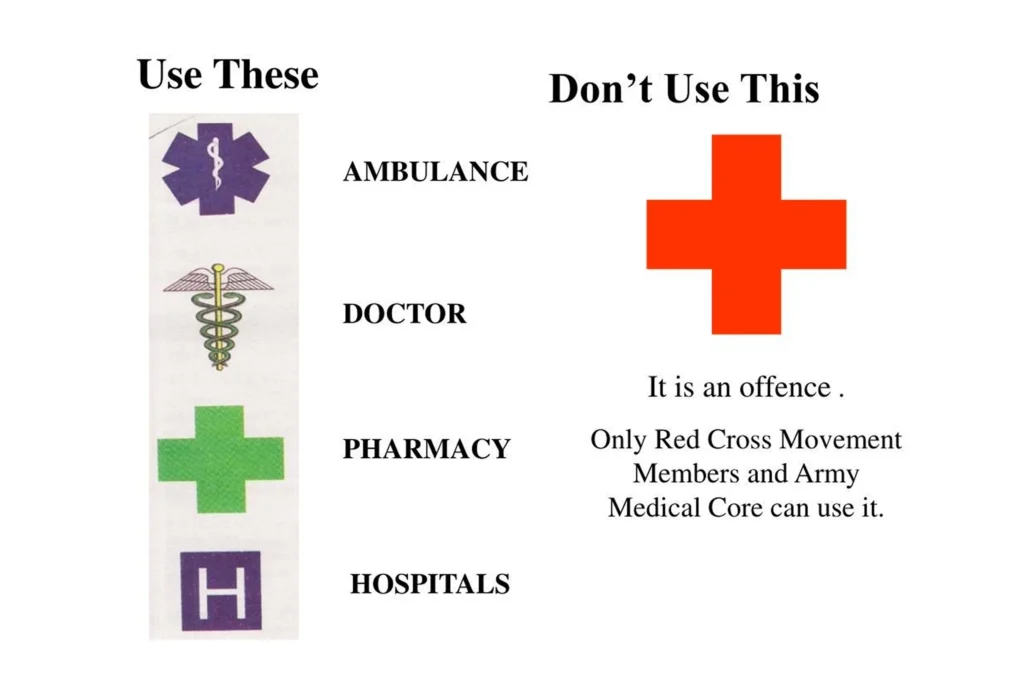
Red Cross Emblem
The Red Cross emblem, recognized in 1864, identifies medical relief teams on battlefields. During the Russo-Turkish War, the Ottoman Empire used the Red Crescent, later adopted by Egypt, while Persia chose the Red Lion. These symbols were included in the 1929 Geneva Conventions. The Indian Red Cross Society (IRCS) adopted the Red Cross, used in line with national laws and Red Cross principles. In 2005, the Red Crystal was also adopted as an emblem of the Movement.
